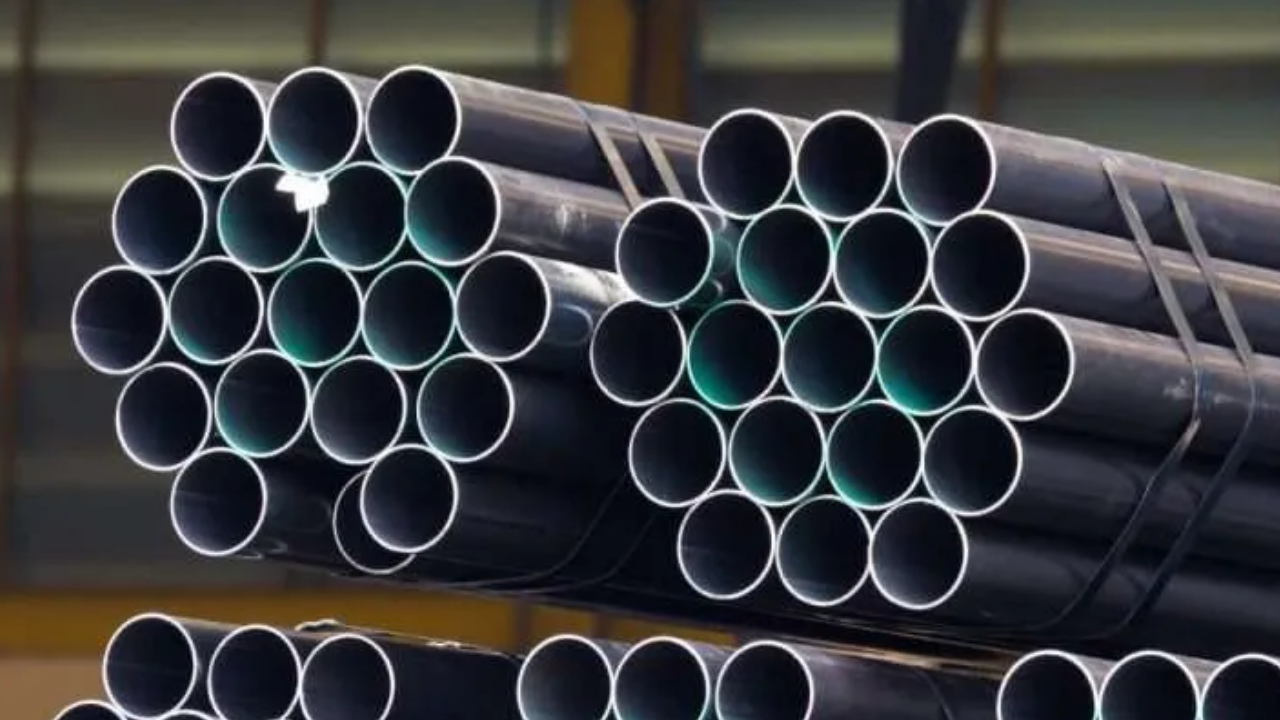ASTM A513 Specification Type 5 is a general specification for electric resistance-welded ERW carbon steel tubing utilized in mechanical applications. This specification outlines the necessities for substances, mechanical properties, and dimensions, ensuring the tubing's suitability for excessive energy and precision-driven applications. It's particularly critical in industries where dimensional accuracy and structural integrity are vital, inclusive of automotive components, industrial equipment, and creation equipment.
At the same time as ASTM A513 is designed for mechanical programs, ASTM A500 covers cold-shaped welded and seamless carbon steel structural tubing. A500 tubing is in the main utilized in load-bearing applications, like structural help and frameworks, where strength and resilience are critical.
While A513 tubing is ideal for programs requiring tighter tolerances and unique shapes, which include the fabrication of equipment components and furniture. Aptitude in the distinctions between the ASTM A513 Specification Type 5 -A513 vs A500 is basic for architects and makers to choose the appropriate texture that meets the predetermined in general presentation, strength, and cost proficiency for their extraordinary projects.
Important Factors to Consider When Selecting ASTM A500 and ASTM A513
Mechanical Properties Comparison
The mechanical properties of ASTM A513 type 5 and ASTM A500 range substantially, affecting their suitability for diverse applications. A513 type 5 generally offers higher tensile electricity and higher floor finish, making it ideal for programs requiring unique dimensional manipulation and high energy. In contrast, ASTM A500 gives varying tiers of electricity based on the grade, with a focal point on structural integrity and overall performance in construction. Comparing tensile electricity, yield energy, and ductility is essential for determining the correct material.
Manufacturing Processes and Quality Control
Production strategies for ASTM A513 type 5 and ASTM A500 fluctuate, impacting their very last properties and applications. A513 type 5 is produced using electric-resistance welding, which provides a uniform weld seam and precise dimensions. This system ensures regular quality and mechanical properties. Alternatively, ASTM A500 is synthetic through cold-forming techniques, which could lead to distinctive structural properties relying on the processing technique. Knowledge of these tactics facilitates choosing the material that fits the software's necessities.
Applications and Suitability
The applications of ASTM A513 type 5 and ASTM A500 reflect their respective strengths and intended use. A513 type 5 is well-applicable for programs that call for high precision and energy, which include automobile elements and equipment. It's also used in structural components in which tight tolerances are required. ASTM A500, with its various grades, is normally utilized in structural applications, which include building frameworks, bridges, and aid columns. Comparing the intended software helps determine which specification meets the overall performance and sturdiness desires.
Cost and Availability
Cost and availability are sensible concerns when selecting between ASTM A513 type 5 and ASTM A500. Generally, the A500 may be greater cost-effective due to its broader production scale and common use in structural applications. In contrast, A513 type 5, being a specialized tubing, would possibly have a better value associated with its precise production and high-quality control. Availability can also range based totally on vicinity and dealer, affecting the selection primarily based on budget and sourcing convenience.
Corrosion Resistance and Coatings
Corrosion resistance is a key aspect in material selection, in particular for applications exposed to harsh environments. ASTM A513 type 5 frequently comes with extra coatings or treatments to beautify its corrosion resistance, making it suitable for numerous applications in which environmental exposure is a subject. ASTM A500, depending on the grade and intended use, may require protective coatings or treatments to ensure longevity and performance. Comparing the environmental situations and required durability enables the choice of the proper specifications.
Impact on Fabrication and Assembly
The effect of ASTM A513 type 5 and ASTM A500 on fabrication and assembly procedures is another crucial attention. A513 type 5’s unique dimensions and clean floor end facilitate less complicated machining and assembly, decreasing exertion costs and improving common efficiency. ASTM A500, at the same time as sturdy and versatile, may additionally require extra rigorous fabrication techniques, mainly whilst working with better strength grades. Assessing the convenience of fabrication and the related costs can affect the choice based on the precise task requirements and production competencies.
Conclusion
Selecting among ASTM A513 Specification Type 5 and ASTM A500 entails considering various mechanical properties, production approaches, applications, and cost factors. ASTM A513 type 5 is designed for high-precision mechanical tubing, while ASTM A500 is used for structural applications demanding strength and sturdiness. Each specification offers particular benefits tailored to unique needs, and knowledge of those variations guarantees deciding on the appropriate material for your task. With the aid of comparing the software necessities, budget constraints, and material properties, you can make an informed choice that ensures foremost performance and sturdiness in your construction or mechanical needs.


